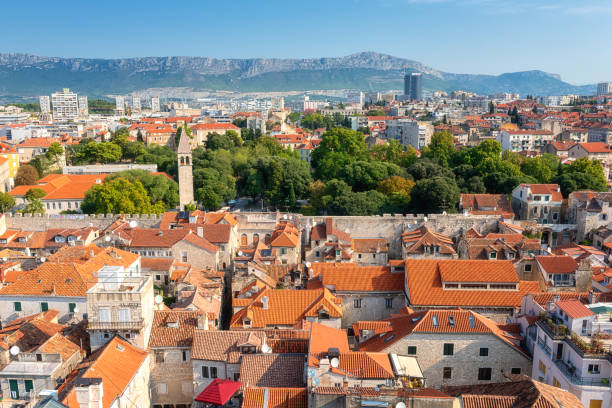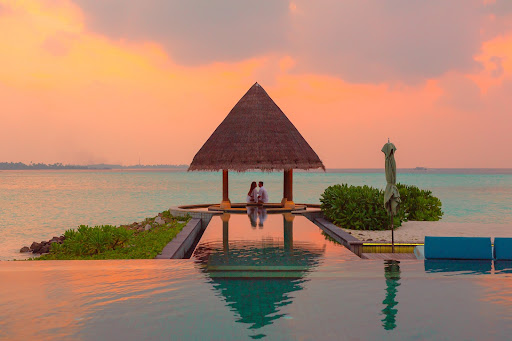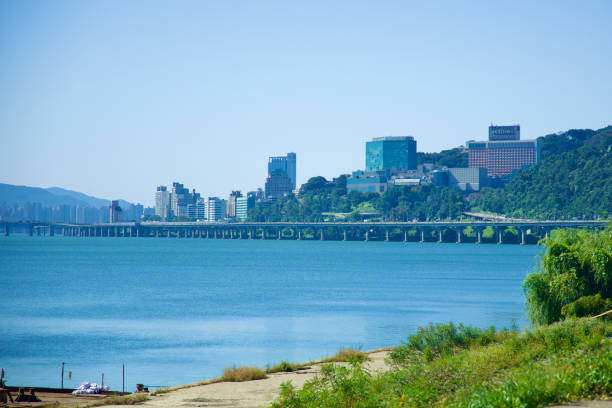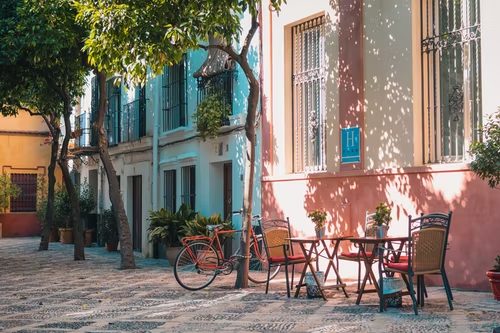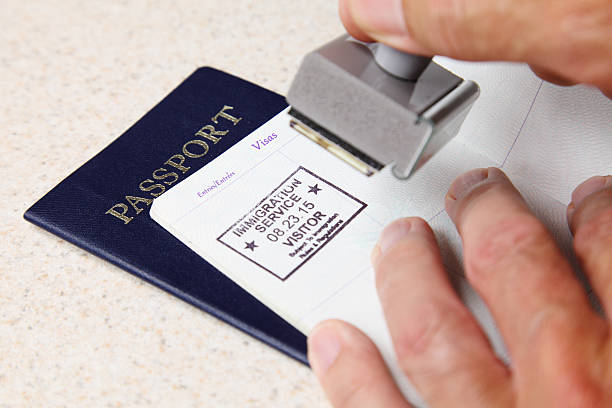How to Plan a First Vietnam Tour
Vietnam is a stunning nation in Southeast Asia and rich in culture and natural beauty. Every kind of tourist may find something to enjoy in Vietnam, from the vibrant capitals of Hanoi and Ho Chi Minh City to the serene countryside and beautiful coastline. It might be difficult to choose where to go and what to do if you're organizing your first trip to Vietnam. This article, My Way Travel will provide a detailed overview of how to plan a first Vietnam tour, including advice on setting a budget, creating an itinerary, understanding local customs, and more. Your trip to Vietnam may be a life-changing event with proper planning and preparation, one you will remember and value for years.
Step 1: Set a time limit for your journey
Choosing the length of your trip is the first step in organizing your Vietnam vacation. Considering how big and diverse Vietnam is, knowing exactly how long you want to spend it is crucial. Itineraries for first-timers typically last 10 to 14 days. However, you may modify your Vietnam Tour itineraries according to your tastes and time limits.
Step 2: Choose the Vietnam Tour destinations you want to visit
Researching and choosing the most alluring destinations among Vietnam's breathtaking locales is crucial. You may ask Vietnam to take you to places like Hanoi, Ho Chi Minh City, Halong Bay, Sapa, Hoi An, Hue, Phu Quoc, and Da Nang, among other well-known destinations. Prioritizing the places you are most interested in seeing is essential since each place has a certain attraction and charm.
Step 3: Determine your budget
After selecting the duration of your trip and the places you wish to see, choose your budget. Vietnam is an inexpensive destination where you may easily discover affordable food, housing, and transportation options. However, setting a sensible budget guarantees you can enjoy your vacation without financial trouble.
Step 4: Book your flights and accommodation
The next stage in organizing your Vietnam trip is making travel and lodging reservations. Most major cities in the globe have flights to Vietnam, and several internet travel services provide cheap airline alternatives. Vietnam offers a variety of lodging choices, including inexpensive hostels, moderately priced hotels, and opulent resorts. To guarantee that you have a pleasant place to stay during your vacation, you must make hotel reservations in advance.
Step 5: Plan your Vietnam tour itinerary
Plan your itinerary now that you have your flights and lodging secured. Consider your travel alternatives, the time you want to spend in each location, and the distance between your locations when creating your itinerary. Planning for some leisure throughout your vacation to rest and unwind is crucial.
Step 6: Pack smartly
Packaging for your Vietnam vacation might be challenging, but doing so will help ensure you have everything you need. Pack clothes appropriate for the season after considering the local temperature and environment. It's also a good idea to bring any necessary medications, comfy shoes, a hat, sunscreen, and bug repellent.
Step 7: Learn some basic Vietnamese phrases
While English is often spoken in tourist regions, Vietnamese is the official language of Vietnam. Thus, it's always beneficial to learn some fundamental Vietnamese phrases. Learning a few words and phrases, such as “hello,” “thank you,” and “how much does it cost?” might improve your vacation.
Step 8: Be mindful of cultural differences
While visiting Vietnam, it's crucial to remember that the country has a rich cultural heritage. While Vietnamese are kind and inviting, respecting their traditions and customs is crucial. For instance, it's necessary to dress modestly and remove your shoes before entering temples or pagodas.
Step 9: Try the local cuisine
Vietnamese cuisine is renowned for being delectable, making it a must-do activity on every trip there. Vietnamese cuisine is varied and contains elements from China, France, and other nearby nations. Pho (noodle soup), banh mi (Vietnamese sandwich), banh xeo (Vietnamese pancake), egg coffee, and fresh seafood are some of the must-try meals. Be daring, experiment with various foods, and don't skip street food!
Step 10: Stay safe and healthy
Traveling anywhere, especially Vietnam, demands cautious thought for your safety and well-being. While one of the safest destinations in the world for visitors is Vietnam, it never hurts to be ready. To avoid being unwell from drinking tap water:
- Consume bottled or boiled water.
- For sun and mosquito protection, apply sunscreen and insect repellent.
- Watch for approaching traffic, especially in populated cities like Hanoi and Ho Chi Minh City.
Step 11: Experience the Vietnam local culture
A trip to Vietnam must include seeing the local culture since the nation has a rich cultural heritage. Visit the Imperial Castle of Hue, take in a traditional water puppet play in Hanoi, or wander around Hoi An's historic district. Learn how to prepare traditional Vietnamese delicacies by taking a cooking lesson or experiencing rural life by going on a bike trip.
Step 12: Shop for Vietnam souvenirs
A wonderful way to remember your trip to Vietnam is to go souvenir shopping. Vietnamese handicrafts, silk items, lacquerware, handicrafts, and traditional clothes like the ao dai are just a few of the country's many distinctive mementos. If you're looking for souvenirs, the local markets are a terrific location but be ready to haggle for the best deal.
Step 13: Leave a positive impact
It's crucial to have a good influence on the locations you visit as a responsible tourist. By avoiding littering and by supporting eco-friendly projects, you can respect the environment. By utilizing local services and purchasing local goods, you can help the neighborhood economy. Ask for permission before photographing individuals or religious locations to show respect for the local culture and traditions.
In conclusion, organizing a first-time trip to Vietnam might be difficult, but with careful planning and preparation, it can be a memorable adventure. Choose your destinations, set a budget, book your flights and lodging, make an itinerary, pack wisely, learn some basic Vietnamese phrases, be aware of cultural differences, try the local cuisine, stay safe and healthy, experience the local culture, browse the local markets, and make a positive impact. These methods will help you have a fun, secure, and culturally enlightening trip to Vietnam.

